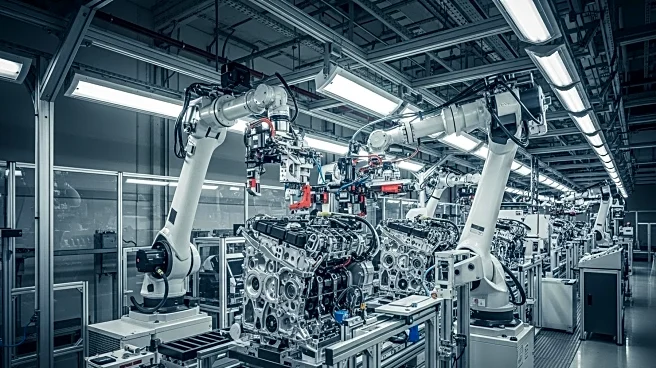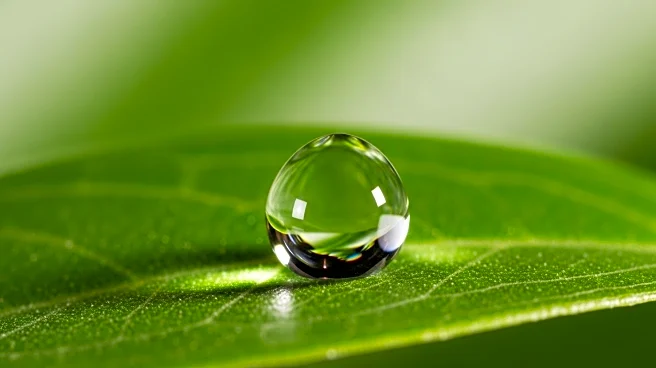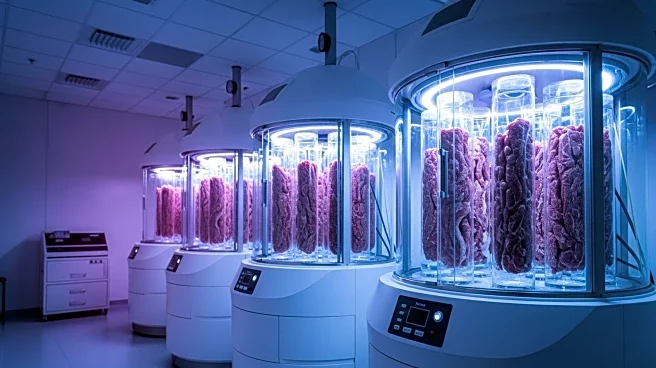What is the story about?
What's Happening?
The self-repairing polymers market is anticipated to experience substantial growth, with a projected compound annual growth rate (CAGR) of 26.2% by 2031. Self-repairing polymers, also known as self-healing plastics, are engineered materials that autonomously restore structural integrity after damage through various mechanisms, including physical, chemical, or encapsulated healing. These materials offer benefits such as longer service life, lower maintenance costs, improved safety, and a reduced environmental footprint compared to conventionally repaired parts. The market is expected to expand from USD 26,187 million in 2024 to USD 133,730 million by 2031. Key applications include automotive, electronics, construction, and medical devices, with Asia being the largest regional market by volume.
Why It's Important?
The growth of the self-repairing polymers market is significant for several industries, particularly automotive, electronics, and construction, which are major consumers of these materials. The ability of these polymers to reduce maintenance costs and extend product lifespans is crucial for industries seeking to improve efficiency and sustainability. Additionally, the integration of self-healing functionality into high-value sectors such as aerospace and flexible electronics highlights the potential for technological advancements to drive market expansion. The focus on non-toxic chemistries and designs compatible with circularity aligns with growing sustainability mandates, making these materials attractive for companies aiming to meet environmental goals.
What's Next?
As the market for self-repairing polymers grows, companies are likely to prioritize partnerships with original equipment manufacturers (OEMs) in automotive and electronics to co-develop formulations that meet qualification cycles. Licensing and toll-manufacturing are expected to be effective near-term scaling models. Manufacturers will focus on cost-engineering to reduce costs while preserving margins. Investors and strategists should monitor intellectual property ownership, the formation of standard test protocols, and regulations around chemicals of concern, as these factors will shape the competitive landscape. The expansion of production footprints in Asia is anticipated to shorten supply chains and serve major OEMs in the region.
Beyond the Headlines
The development of self-repairing polymers presents ethical and environmental considerations, particularly regarding the safety and recyclability of healing agents. Regulatory priorities are directing research and development toward non-toxic chemistries, which is crucial for consumer safety and environmental sustainability. The ability to deliver repeatable, fast healing under ambient conditions while maintaining long-term mechanical performance is a technical challenge that companies must address. The recyclability and end-of-life pathways for some self-healing systems are not yet mature, raising concerns for large customers seeking circular solutions.
AI Generated Content
Do you find this article useful?













